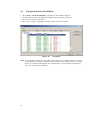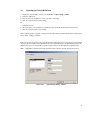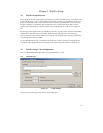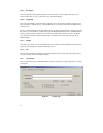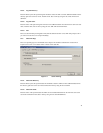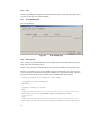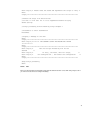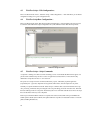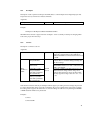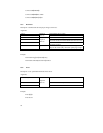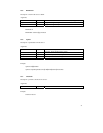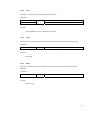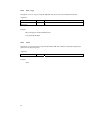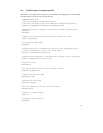
48
4.3 Wait For Script – Edit Configuration...
This is invoked from the ‘Tools’, ‘Wait For Script’, ‘Edit Configuration...’ menu and allows you to edit the
configuration settings for a given configuration file.
4.4 Wait For Script Run Configuration...
This is invoked from the Tools, Wait For Script, Run Configuration... menu and allows the user to browse
to select the desired Wait For Script Configuration file (.w4f). FDT then enters Wait For Script mode:
Figure 4-5 Wait For Script execution
4.5 Wait For Script – Script Commands
A script file is nothing more than a text file containing a series of commands that FDT will recognise, one
per line. Each command may also have a series of arguments associated with it, on the same line. By
default these script files will have a “.fsf” extension.
The syntax for a script line is the command, followed by a space, followed by required arguments
(separated by the ‘|’ operator). Optional extra arguments follow these, and can be placed in any order.
Normally a script file should end with the ‘delete $script’ command. This causes FDT to delete the script
once processing is finished, thus preventing the same script file being processed more than once. FDT will
then start looking for the next script file. Alternatively the move command could be used to move the script
file to an alternative directory once completed
Each script command should be written on a separate line of the text file; FDT will cope with DOS and
UNIX style line breaks (CR or CR LF). File paths within the script file can include drive letters or network
paths (including IP addresses).



